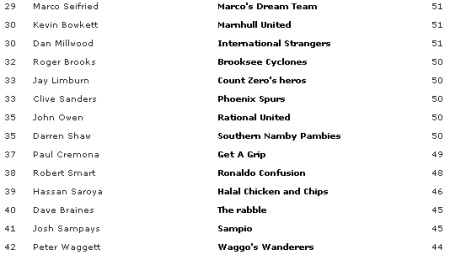I’ve been spending most of the weekend writing my professions case. Professions cases are used to qualify for certain levels of accreditation within the Professions structure. It is, essentially, an internal IBM qualification. There are different Professions streams for different job types (Project Management, Architects, Software Engineers etc.) and I am in the IT Specialist one, which is probably the biggest one and covers the widest range of people, ideal for generalists like me. As well as a qualification it also acts as a large community, the UK has yearly get togethers for the different streams of professions. While I’m normally anti any kind of qualification/title/status, I do admit to having a level of base respect for anyone with a qualification in the various professions disciplines (ok maybe not the project managers 😛 ), it is done by peer review after all.
The main incentive for people to gain their qualification is that many areas of IBM have it as a prerequisite for promotion. Not all of IBM follow this, which is a problem, but a large enough part do to make it seem fair. People who don’t actually do their cases probably underestimate what a large piece of work it is. I’ve spent two solid weekends on it so far and it’s probably half finished. Your case is really a set of evidence to show that you have been working at a level that is necessary for the status you’re applying for. I’m writing my Senior case, which is the prerequisite (in my area) for becoming a band 8 IBMer (bands are a whole other thing!).
Anyway, here’re some thoughts I had while writing my case:
- There’s nothing more boring in the world than writing about yourself.
- As much as you may hate corporate buzzwords, it’s hard not to include them.
- Personally, there’s too much structure enforced in the case. Some people prefer this, but I’d prefer a blank piece of paper where I could just prove that I reach the required level by writing (or probably drawing) anything I want.
- Lots of the things I’m most proud of being involved in at IBM are actually the hardest to fit in to the structure.
- I’m much better at knowing what other people are good at, than what I’m good at.
- I think blogs could be made better use of in cases, lots of people write more detail about what they’re doing in their blogs, so some easy way of incorporating that in would make sense.
- I shouldn’t put off writing more of my case by blogging about it instead.



